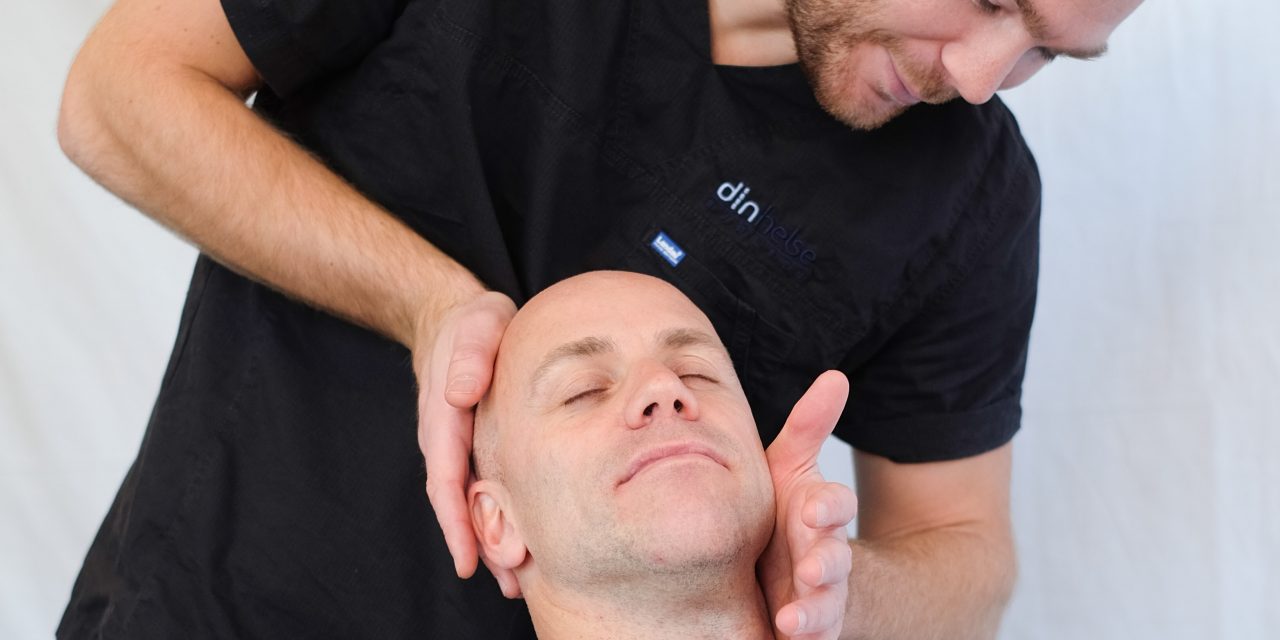When you’re injured for any reason, you may face a choice between physical therapy or surgery. Different types of injuries are fairly common. For example, sports carry the risk of physical injury, including in children. Injuries can occur as the result of car accidents, falls, or repetitive use of a certain part of your body in the workplace.
Regardless of the specifics of your injury, the following are things to think about carefully as you decide between physical therapy or surgery.
What Is Physical Therapy?
First, if you aren’t familiar with it, physical therapy uses trained professionals to evaluate and treat problems in physical function related to an injury. Physical therapists can also help people with diseases, disabilities, or other conditions not stemming from an injury.
Licensed physical therapists work in a variety of settings, including hospitals, rehab centers, and sports and fitness environments.
If you see a physical therapist, you’ll go through a full physical exam and evaluation. Then, your therapist can start creating a diagnosis, prognosis, and plan for your care that integrates both short- and long-term goals.
Some of the many conditions a physical therapist may treat include pediatric conditions like developmental delays, sports injuries such as concussion and tennis elbow, and musculoskeletal dysfunction like back pain or rotator cuff tears.
A physical therapist is trained to help someone recover after they’re injured, and their treatment plan can include exercises and stretches.
Additionally, a physical therapist can work with a patient to see if there are weak areas in the body that could lead them to be more vulnerable to future injuries.
Physical therapists will often use repetitive exercises that strengthen muscles, ligaments, and tendons.
Physical therapy sessions may make use of exercise equipment, and you’ll likely be given instructions to do some of your exercises at home. Physical therapy can also be seen as a holistic approach to healing because your therapist may also be able to help you learn how to eat more and listen to your body so that you can avoid future injuries.
Physical Therapy Vs. Surgery
It can sometimes almost seem easier to undergo surgery for certain pain-related conditions or injuries as opposed to physical therapy. Physical therapy can be an ongoing process, but the goal of therapy is to help not just treat your current but make you stronger overall.
Surgery may solve your current problem, but you’re still going to have a lengthy recovery in many cases, and you may never regain the functionality you once had.
Surgery can come with complications such as infections, and it can also lead to issues you might not even think about. For example, if opioids are used for pain management following surgery, it can leave someone at risk of becoming dependent on these drugs.
Injuries That May Require Surgery
Sometimes, particularly with a sports injury, you may not be able to decide between physical therapy and surgery. You may have to get surgery, and even after that’s over you may still have to do physical therapy.
Sports injuries that often require surgery can include:
- An ACL tear: These injuries are common in sports with a lot of pivoting as well as skiing. The ACL is a ligament that stabilizes the knee, and if it’s torn, surgery may be needed.
- Meniscus injury: located between the thighbone and shinbone are the menisci, which are disc-shaped bits of cartilage. In contact sports, this can get torn, and it can also tear from a sudden twisting movement.
- Kneecap dislocation: Technically known as patella dislocation, this usually occurs when the knee is directly hit, although it can also happen if there’s a sudden change in direction.
- Shoulder dislocation: This is very frequently seen in people who play contact sports like football, and it may need surgery, especially if there are repeated dislocations.
What Is Sports Medicine?
Sometimes you may wonder what sports medicine is, compared to physical therapy. Sports medicine is a really broad term for physicians that are trained to handle sports injuries. Physical therapists can be part of sports medicine, but orthopedic surgeons, spine rehabilitation specialists, athletic trainers, and massage therapists are also part of sports medicine.
The goal of sports medicine is generally in-line with physical therapy because it’s focused on treating injuries without surgery whenever possible.
Always follow the instructions of your doctor, but sometimes if you’re faced with a choice between surgery and physical therapy, it may be better to go with physical therapy at least initially.













